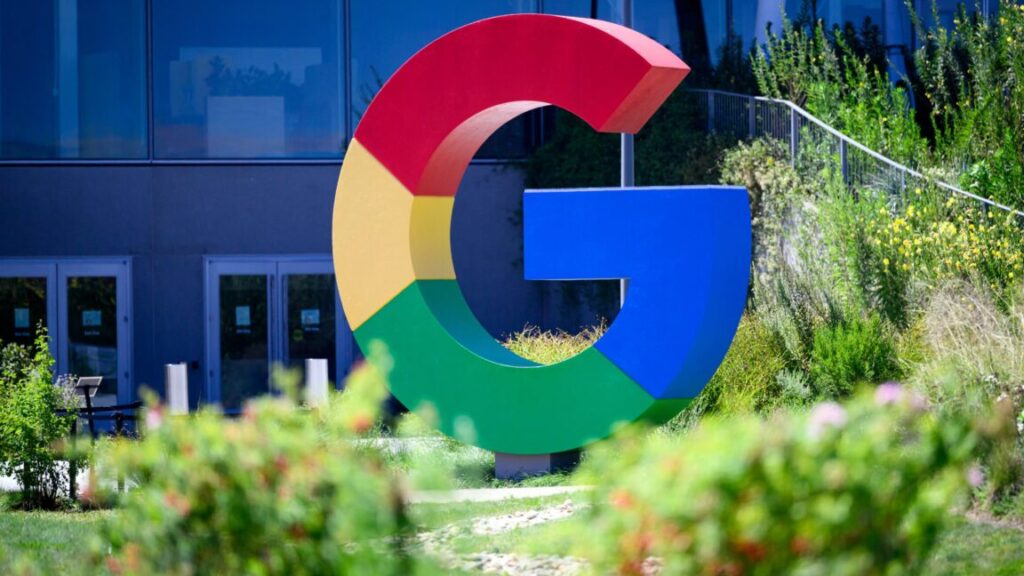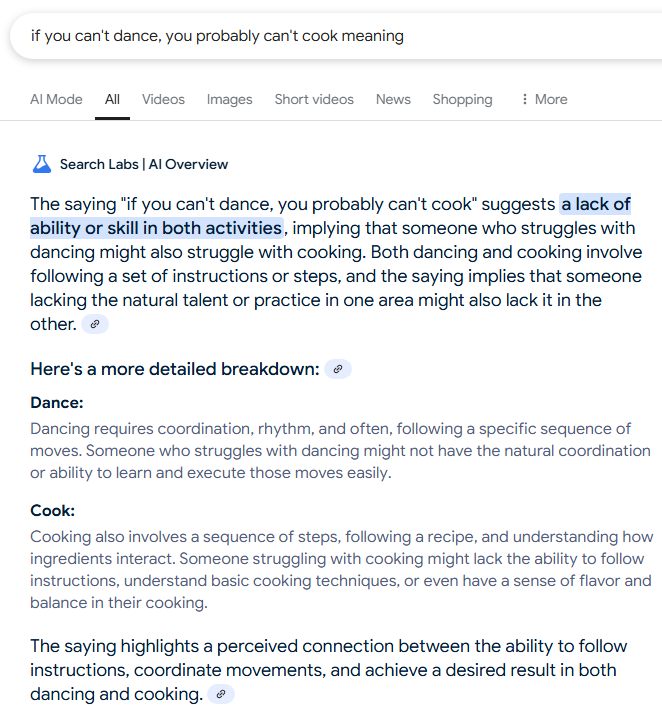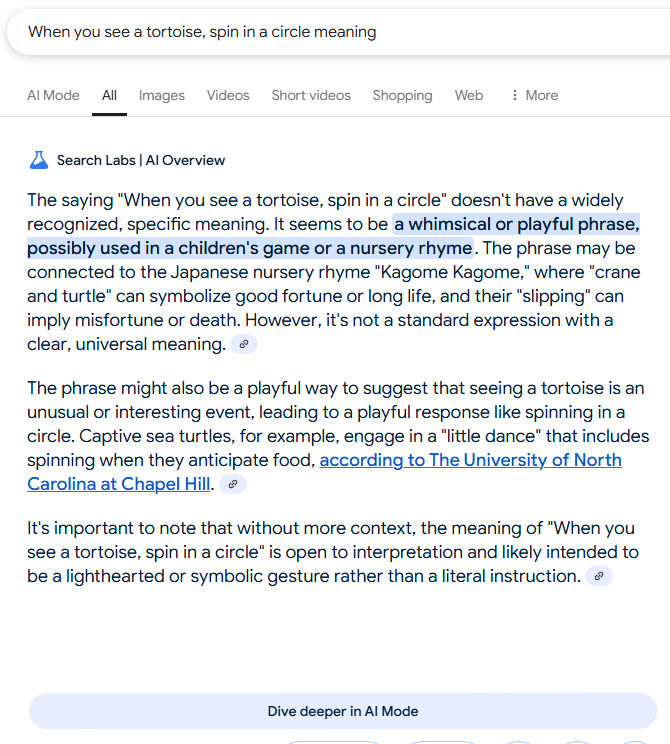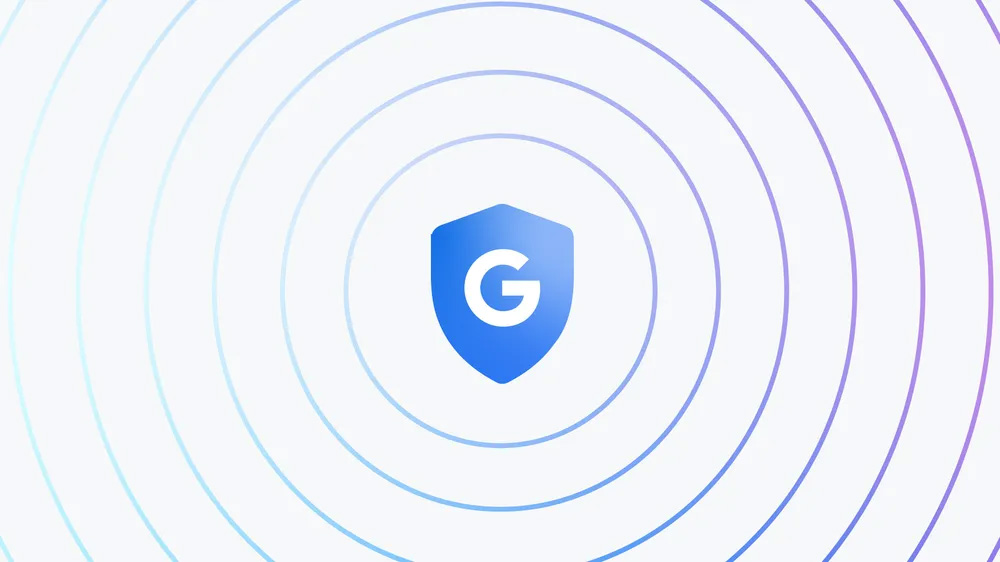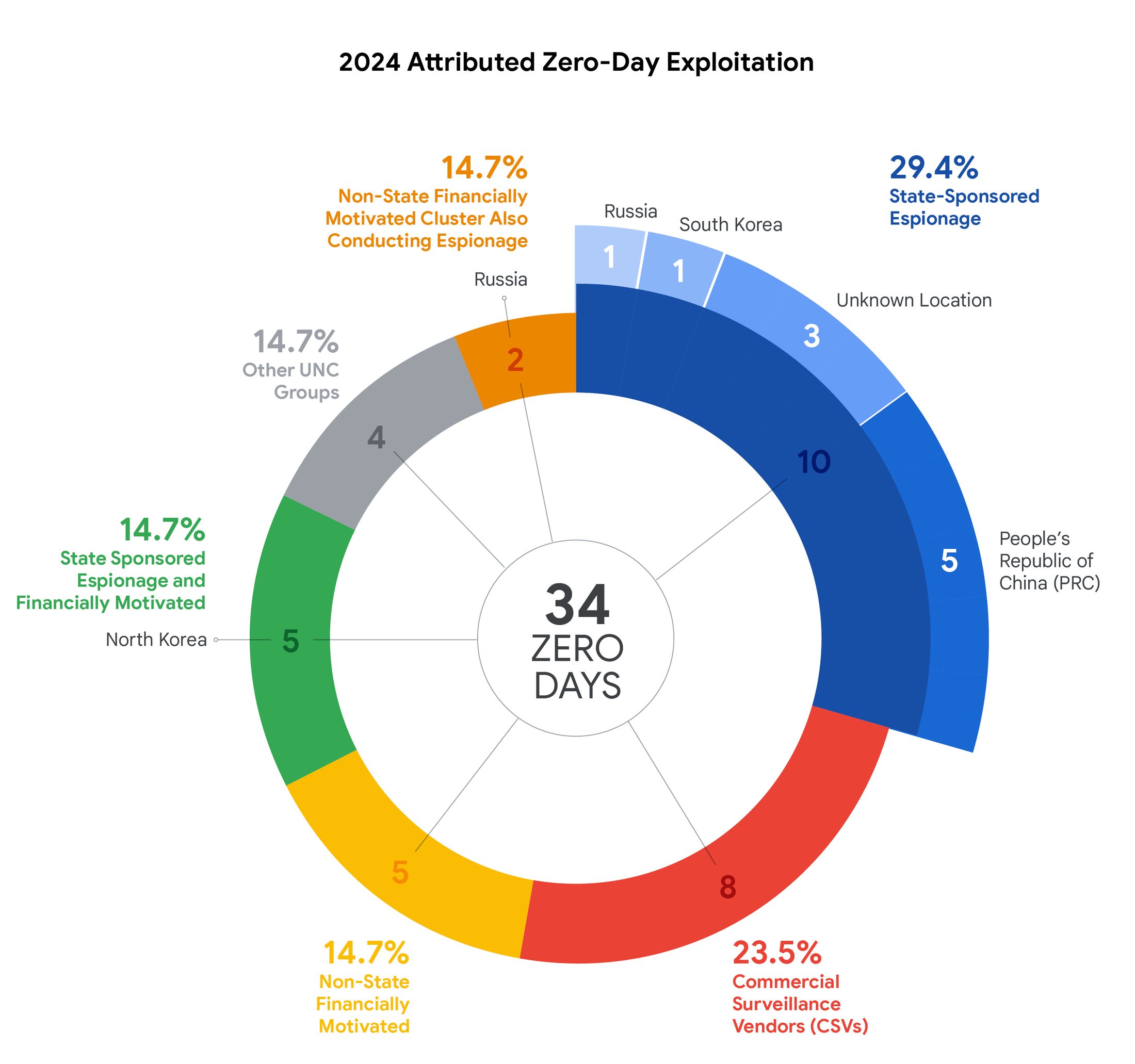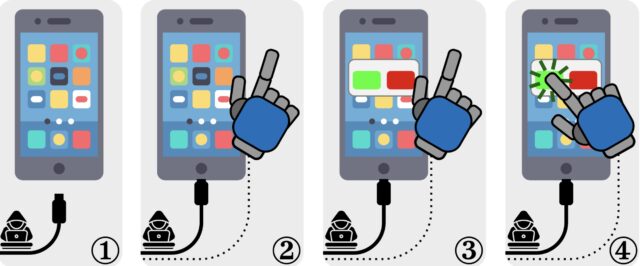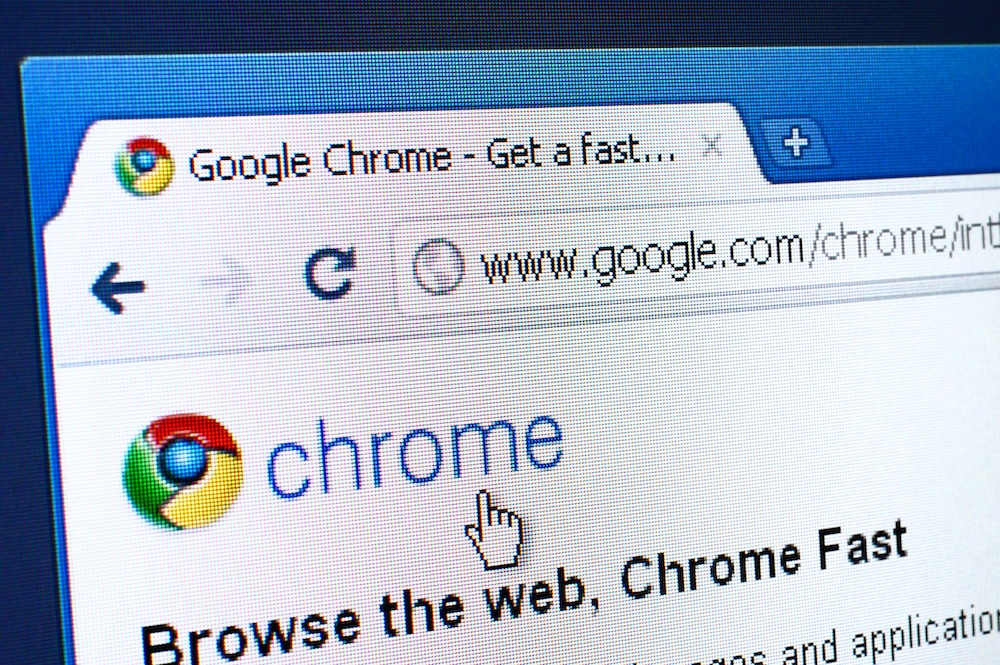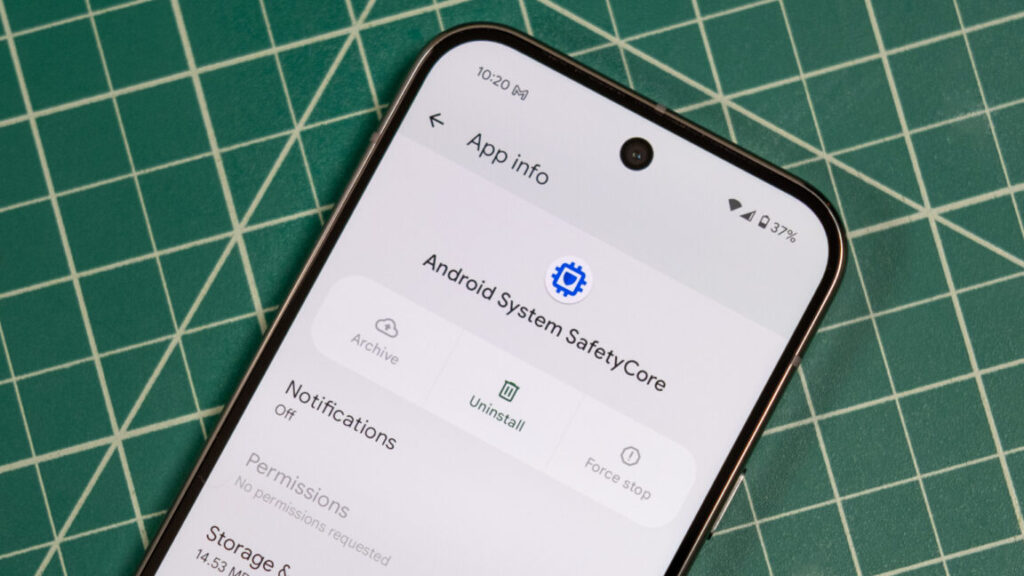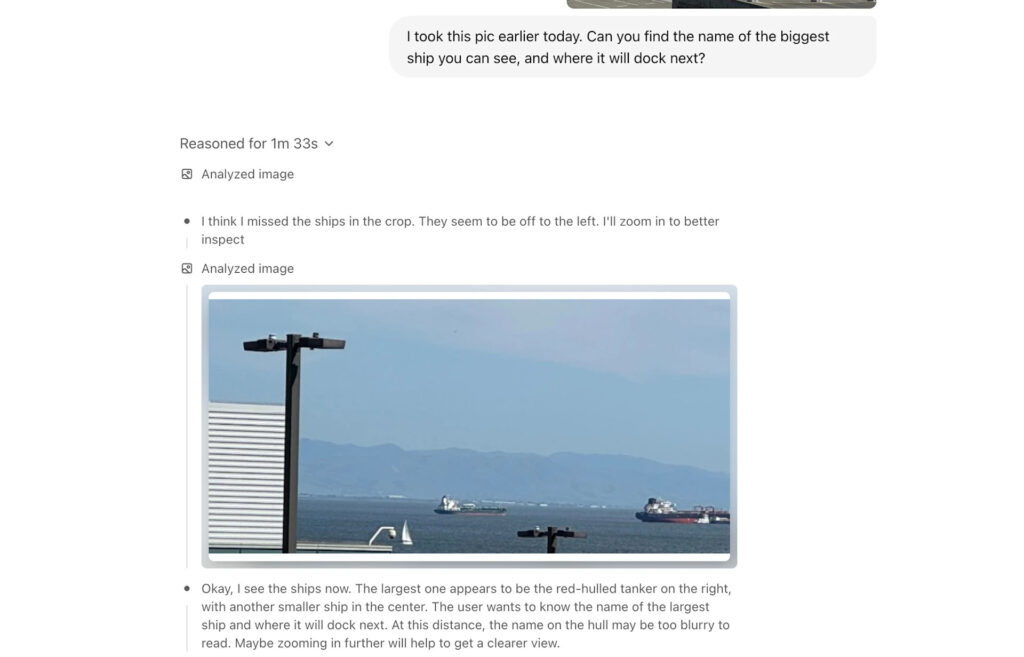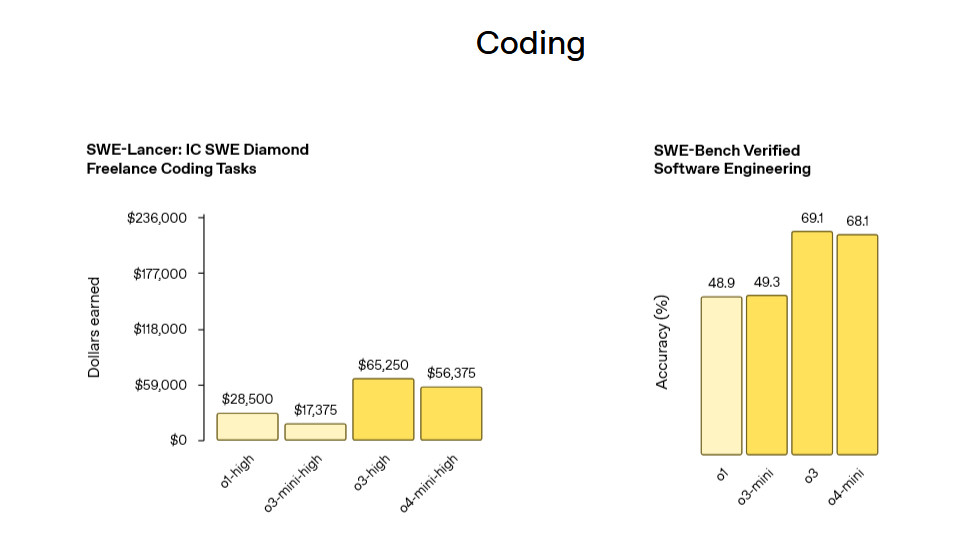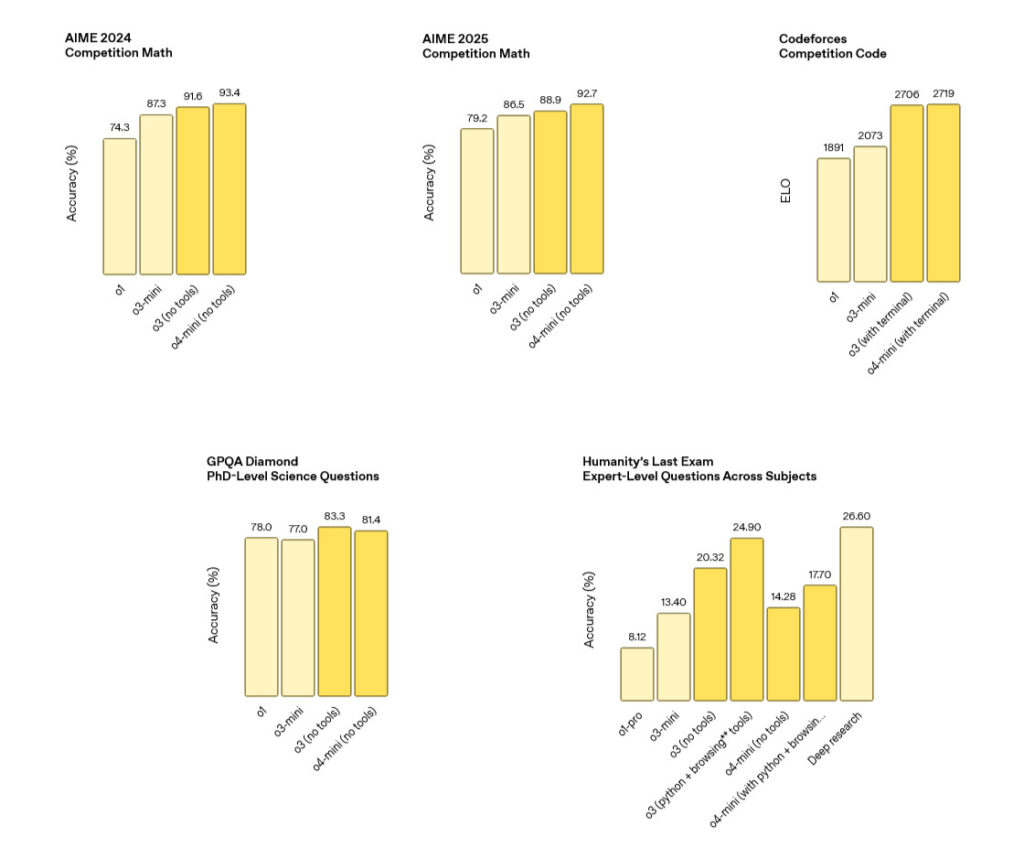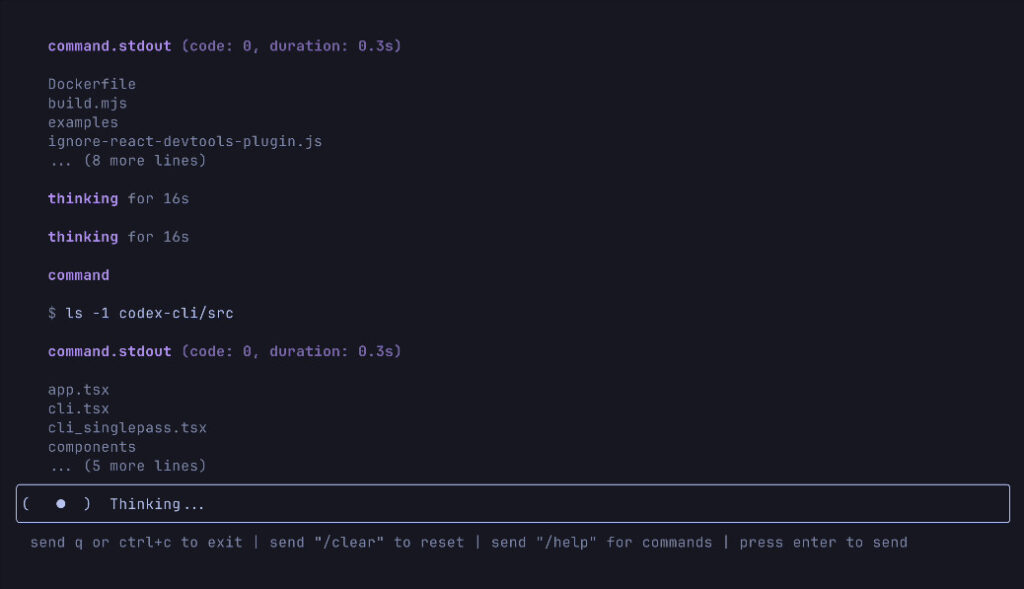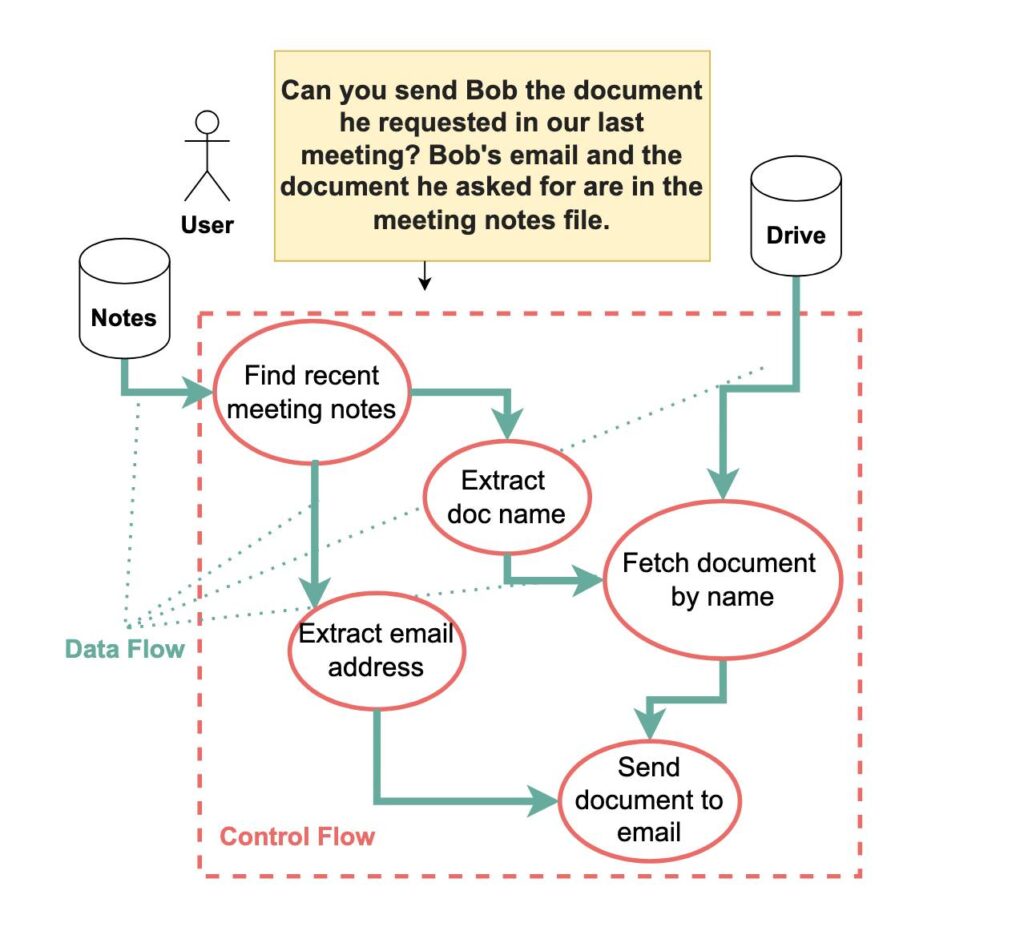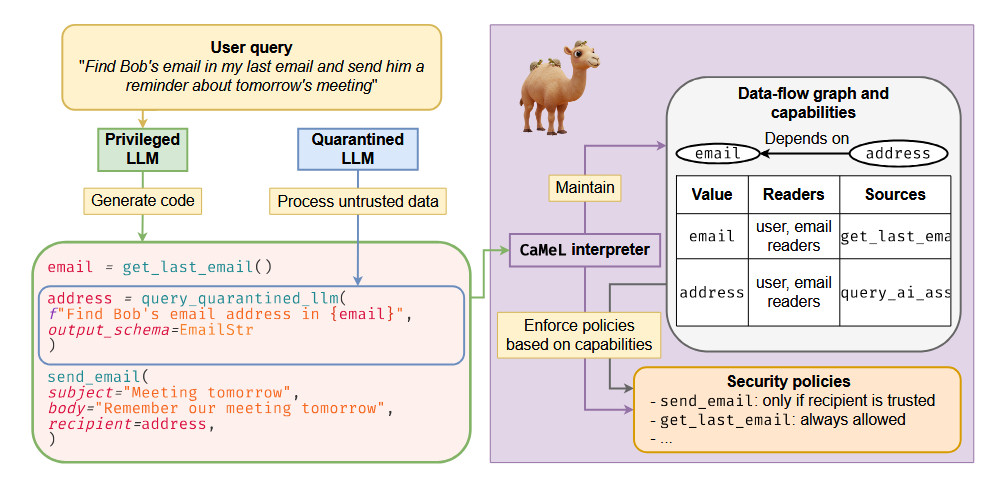Google is quietly testing ads in AI chatbots
Google has built an enormously successful business around the idea of putting ads in search results. Its most recent quarterly results showed the company made more than $50 billion from search ads, but what happens if AI becomes the dominant form of finding information? Google is preparing for that possibility by testing chatbot ads, but you won’t see them in Google’s Gemini AI—at least not yet.
A report from Bloomberg describes how Google began working on a plan in 2024 to adapt AdSense ads to a chatbot experience. Usually, AdSense ads appear in search results and are scattered around websites. Google ran a small test of chatbot ads late last year, partnering with select AI startups, including AI search apps iAsk and Liner.
The testing must have gone well because Google is now allowing more chatbot makers to sign up for AdSense. “AdSense for Search is available for websites that want to show relevant ads in their conversational AI experiences,” said a Google spokesperson.
If people continue shifting to using AI chatbots to find information, this expansion of AdSense could help prop up profits. There’s no hint of advertising in Google’s own Gemini chatbot or AI Mode search, but the day may be coming when you won’t get the clean, ad-free experience at no cost.
A path to profit
Google is racing to catch up to OpenAI, which has a substantial lead in chatbot market share despite Gemini’s recent growth. This has led Google to freely provide some of its most capable AI tools, including Deep Research, Gemini Pro, and Veo 2 video generation. There are limits to how much you can use most of these features with a free account, but it must be costing Google a boatload of cash.
Google is quietly testing ads in AI chatbots Read More »
